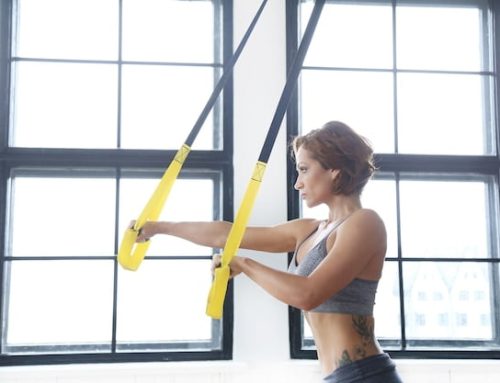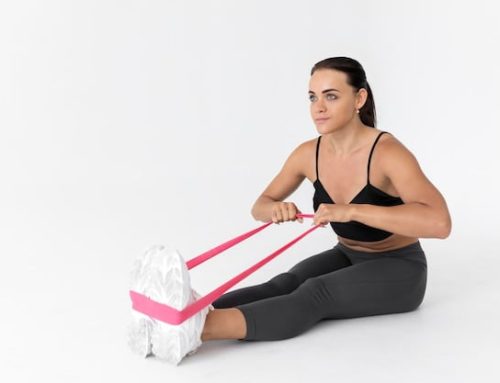Resistance Band Training: How to Choose the Right Band Size
Resistance band training has become increasingly popular in recent years, with fitness enthusiasts and athletes alike using these versatile tools to build strength, improve flexibility, and rehab injuries. But with so many different resistance bands available, it can be difficult to know which one is right for you. In this article, we’ll discuss how to choose the right band size for your needs.
Understanding Resistance Band Sizes
Resistance bands come in different sizes, colors, and strengths. The size of a band refers to its length and width, and typically ranges from 41″ to 72″. The width of the band determines the level of resistance, which is usually classified by color. The most common resistance band colors are:
-
- Yellow (light resistance)
-
- Green (medium resistance)
-
- Red (heavy resistance)
-
- Blue (extra heavy resistance)
-
- Black (special heavy resistance)
When choosing a resistance band, it’s important to consider your fitness level, goals, and the exercises you plan to perform. A band that’s too light won’t provide enough resistance to challenge your muscles, while a band that’s too heavy can strain your joints and cause injury.
Determining Your Resistance Level
To determine the right resistance level for your needs, you can perform a simple test. Start with a light resistance band and perform 10 to 15 reps of the exercise you plan to do. If the band feels too easy, move up to a heavier resistance band and repeat the test. Continue testing until you find the band that provides enough resistance to challenge your muscles but still allows you to perform the exercise with proper form.
Choosing the Right Band Length
The size of the resistance band also plays an important role in determining its effectiveness. A band that’s too short won’t provide enough resistance, while a band that’s too long can be difficult to manage and may cause injury.
To choose the right length of resistance band, consider your height and the exercises you plan to perform. A 41″ band is suitable for shorter individuals or upper body exercises, while a 72″ band is better for taller individuals or lower body exercises.
Factors to Consider When Choosing a Band Size
In addition to resistance level and band length, there are other factors to consider when choosing a band size. These include:
-
- Your fitness level: Beginners may want to start with a lighter band, while more experienced individuals can use heavier resistance.
-
- Your goals: If you’re looking to build strength, a heavier band may be more effective. If you’re focusing on flexibility, a lighter band may be better.
-
- The exercises you plan to do: Different exercises require different levels of resistance. For example, a bicep curl may require a lighter band than a squat.
Tips for Using Resistance Bands Safely
While resistance bands are a safe and effective way to build strength and improve flexibility, it’s important to use them properly to avoid injury. Here are some tips for using resistance bands safely:
-
- Start with a warm-up: Before using resistance bands, perform a 5 to 10 minute warm-up to prepare your muscles for exercise.
-
- Use proper form: When using resistance bands, maintain proper form to prevent injury and maximize results.
-
- Gradually increase resistance: As you become stronger, gradually increase the resistance of your band to continue challenging your muscles.
-
- Avoid overstretching: Don’t stretch your band beyond its maximum length, as this can cause it to break or snap back and injure you.
-
- Inspect your band regularly: Check your band for signs of wear and tear, such as small tears or thinning areas. Replace your band if it’s damaged.
Conclusion
Resistance bands are a versatile and effective tool for building strength, improving flexibility, and rehabilitating injuries. By choosing the right band size and following proper safety guidelines, you can maximize your results and avoid injury. Whether you’re a beginner or an experienced athlete, resistance bands can help you achieve your fitness goals.






